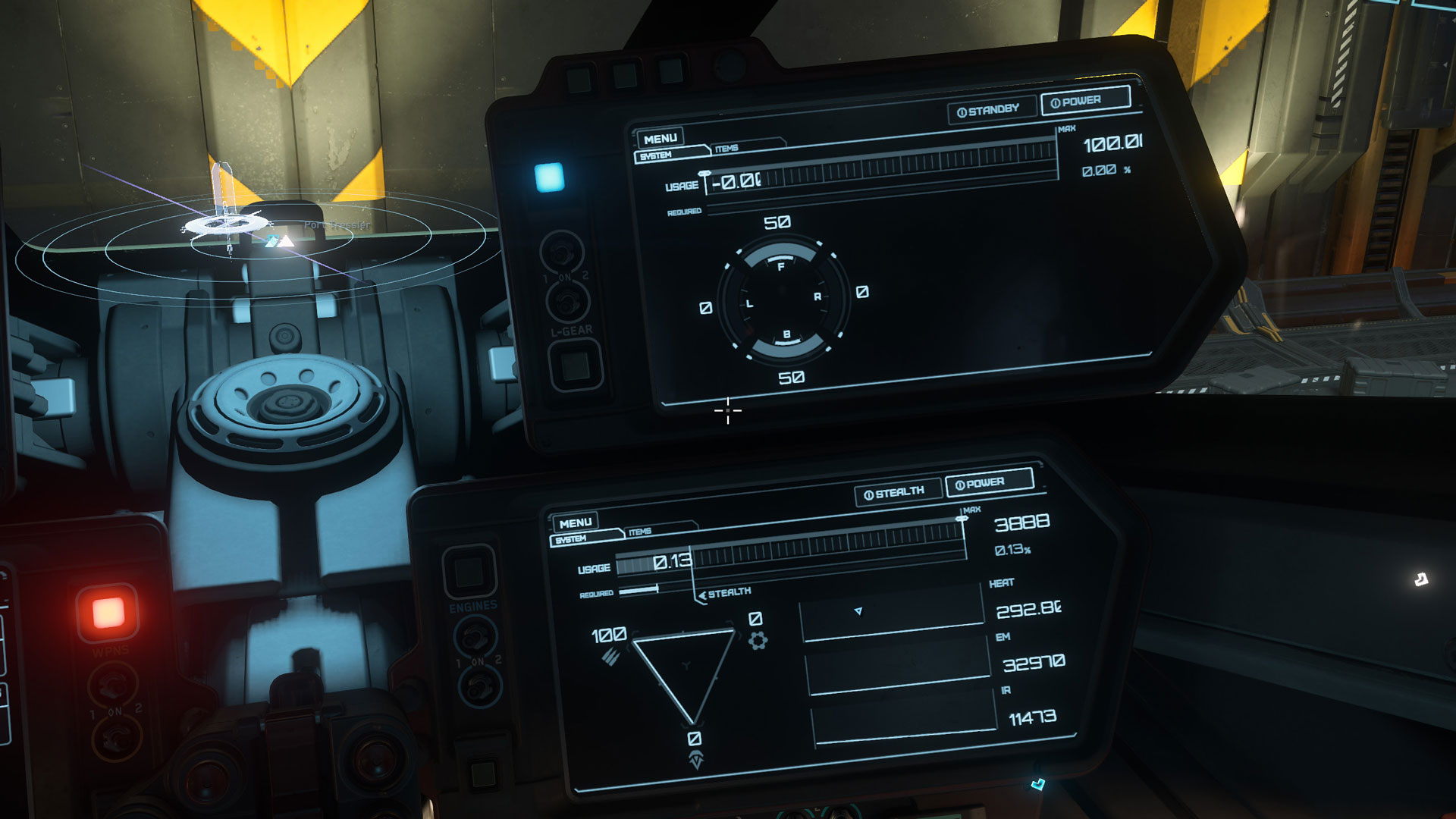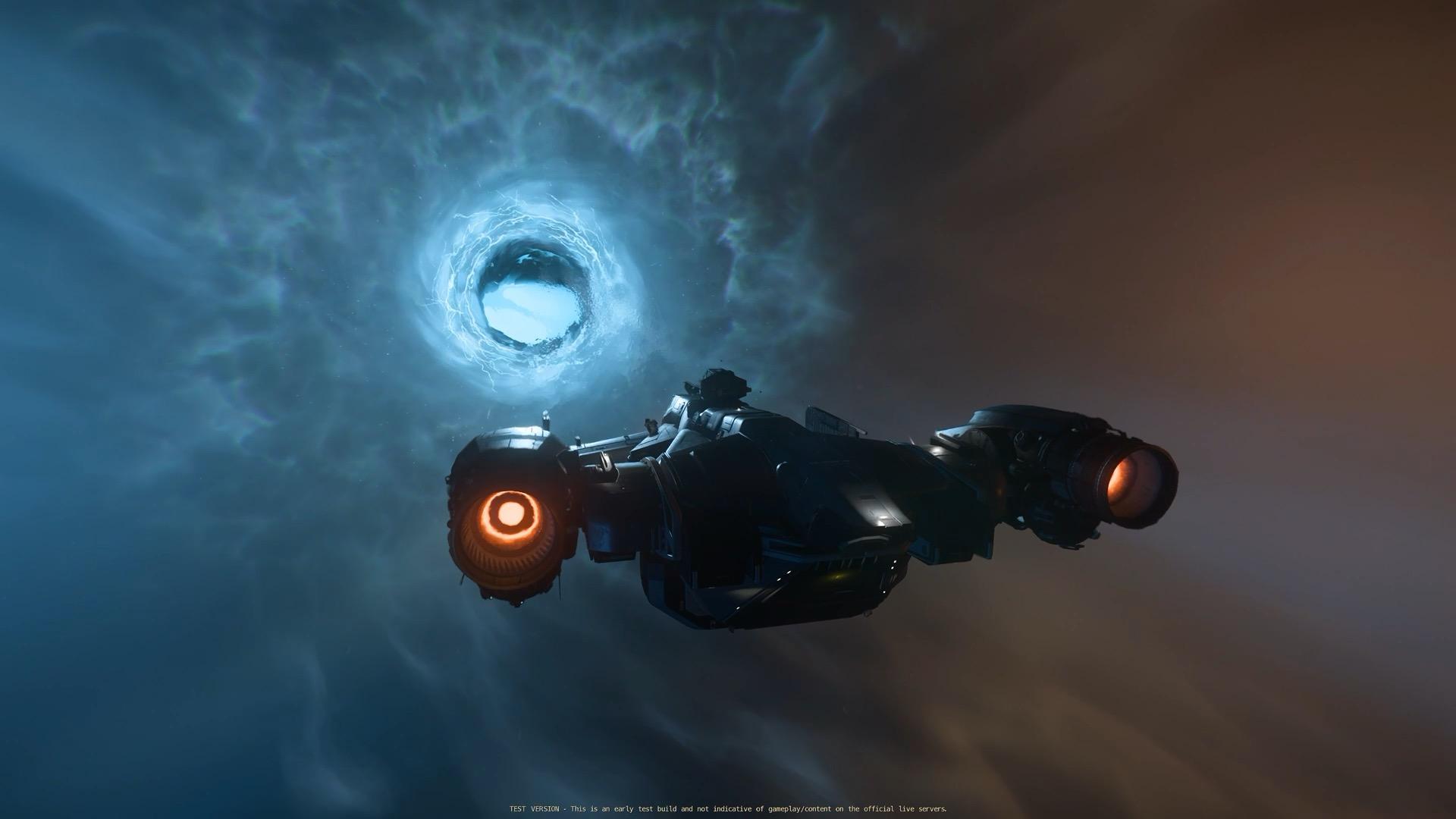FLIGHT FUNDAMENTALS
Introduction to Flight Controls
Welcome to the vast universe of Star Citizen! Learning to pilot your ship effectively is the foundation of your journey through the verse. Whether you're planning to become a trader, explorer, or combat pilot, mastering flight controls is essential for survival and success.
This tutorial will guide you through the basic flight mechanics, control schemes, and fundamental techniques that every pilot needs to know. By the end of this guide, you'll be confident enough to take your ship from hangar to space and back safely.

The pilot's view from inside a ship cockpit showing the main flight interface
Basic Flight Controls
Movement Controls
Star Citizen uses a six-degrees-of-freedom flight model, meaning your ship can move in any direction. Understanding these basic movements is crucial:
Primary Movement Keys
| Action | Default Key | Description |
|---|---|---|
| Forward Thrust | W | Move ship forward |
| Backward Thrust | S | Move ship backward |
| Strafe Left | A | Move ship left |
| Strafe Right | D | Move ship right |
| Strafe Up | Space | Move ship upward |
| Strafe Down | Ctrl | Move ship downward |
Rotation Controls
Your ship can rotate around three axes. Mouse movement controls pitch and yaw, while keyboard keys handle roll:
Rotation Keys
| Action | Default Control | Description |
|---|---|---|
| Pitch | Mouse Y-axis | Nose up/down rotation |
| Yaw | Mouse X-axis | Nose left/right rotation |
| Roll Left | Q | Bank ship to the left |
| Roll Right | E | Bank ship to the right |
Power Management Triangle
One of the most important concepts in Star Citizen is the power triangle. Your ship has three main systems that share power: Engines, Weapons, and Shields. Learning to manage this power distribution is crucial for effective piloting.
Power Triangle Controls
F5 - Increase Engine Power
F6 - Increase Weapon Power
F7 - Increase Shield Power
F8 - Reset Power to Balanced
Each power setting affects your ship's performance:
- Engine Power: Increases thrust and maneuverability
- Weapon Power: Faster weapon charging and higher damage output
- Shield Power: Faster shield regeneration and stronger protection

The power management interface showing current power distribution
Flight Modes
Star Citizen offers different flight modes to suit various situations. Understanding when and how to use each mode will greatly improve your piloting effectiveness.
Coupled vs Decoupled Mode
The most important flight mode distinction is between coupled and decoupled flight:
Coupled Mode (Default)
In coupled mode, your ship automatically counteracts momentum when you release thrust controls. This makes the ship feel more like an aircraft and is easier for beginners.
Decoupled Mode (Advanced)
In decoupled mode, your ship maintains its current velocity until you actively counter it. This allows for more complex maneuvers but requires more skill to master.
Toggle between modes using C key. Practice both modes to understand their advantages in different situations.
Quantum Travel
Quantum travel lets you cover vast distances at super‑luminal speeds. Mastering it is essential for efficient exploration, trading, and combat deployment.
-
Initiating a Quantum Jump
Open the Starmap (F2 key) and set your destination. Align your ship with the destination marker. Hold B key to spool and calibrate the quantum drive, then release to engage.
-
Post‑Jump Checks
Check your ship’s systems for overheating or component wear. Refuel and repair at the nearest station if needed.

The extern view from a ship in quantum travel
Wormhole Travel
Wormhole—or jump point—travel lets you cross entire star‑system boundaries through hyper‑stable tunnels. Mastering these passages is crucial for deep‑space exploration and time‑efficient logistics.
-
Locating & Aligning with a Jump Point
Open the Starmap (F2) and select an available jump point. Align your ship with the entry cone until the marker turns solid. Approach slowly—misalignment can eject you into open space.
-
Navigating the Wormhole Tunnel
Stay centred on the guidance spline using gentle thruster inputs. Watch for turbulence pockets and maintain at least 85% shield capacity. When light at the tunnel’s end flares, level out and run a quick systems diagnostic before continuing.

The extern view from a ship at the entry of a jump point
Landing Procedures
Landing is one of the most challenging aspects for new pilots. Follow these steps for safe landings:
-
Approach the Landing Zone
Reduce speed to under 50 m/s when approaching any landing area. Request landing permission if at a major port.
-
Deploy Landing Gear
Press N to deploy landing gear when you're close to the landing pad. The gear indicator will show green when deployed.
-
Use Precision Mode
Hold Alt to enter precision mode, which reduces thruster sensitivity for fine control during landing.
-
Gentle Touchdown
Slowly reduce altitude using Ctrl until your ship touches down. Avoid hard landings that can damage your ship.

Proper landing approach with gear deployed and precision mode active
Practice Exercises
The best way to improve your piloting skills is through regular practice. Here are some exercises to help you master the basics:
Exercise 1: Basic Maneuvering
In Arena Commander Free Flight mode, practice moving your ship in all six directions without rotating. Focus on smooth, controlled movements.
Exercise 2: Power Management
Practice switching between different power configurations while flying. Learn to quickly adjust power based on your current needs.
Exercise 3: Landing Practice
Find a flat surface and practice landing repeatedly. Focus on gentle touchdowns and precise positioning.
Exercise 4: Decoupled Flight
Switch to decoupled mode and practice maintaining control while your ship drifts. This will help you understand momentum and inertia.
Common Issues and Solutions
New pilots often encounter similar problems. Here are solutions to the most common issues:
Problem: Ship feels sluggish or unresponsive
Solution: Check your power distribution. Increase engine power using F5, and ensure you're not overloaded with cargo.
Problem: Can't control ship rotation properly
Solution: Verify your mouse sensitivity settings and ensure you're not in decoupled mode if you're a beginner.
Problem: Ship keeps drifting after stopping thrust
Solution: You're likely in decoupled mode. Press C to return to coupled mode, or learn to manually counter your momentum.
Problem: Landing gear won't deploy
Solution: Ensure you're moving slowly (under 50 m/s) and are close enough to a landing surface. Some ships require specific conditions for gear deployment.
Quick Tips
Master the Power Triangle
Learn to quickly adjust power distribution (F5-F8) based on your current situation. More engine power for speed, weapon power for combat, shield power for defense.
Use Precision Mode for Landing
Always hold Alt when landing to enable precision mode. This reduces thruster sensitivity and prevents hard landings that can damage your ship.
Practice in Arena Commander
Use Free Flight mode in Arena Commander to practice without consequences. It's the perfect environment to learn basic controls and maneuvers.
Start with Coupled Mode
New pilots should stick to coupled mode until comfortable with basic controls. Decoupled mode is powerful but requires more skill to master.
Next Steps
Congratulations on completing the flight basics tutorial! You now have the fundamental knowledge needed to pilot your ship safely. Here's what you should focus on next:
- Practice the exercises regularly to build muscle memory
- Experiment with different ship types to understand their unique characteristics
- Learn about quantum travel for long-distance navigation
- Study combat maneuvers if you're interested in PvP or PvE content
- Explore advanced flight techniques like atmospheric flight
Remember, becoming a skilled pilot takes time and practice. Don't be discouraged by initial difficulties – every expert pilot started exactly where you are now. The verse is vast and full of opportunities for those who master their ships.